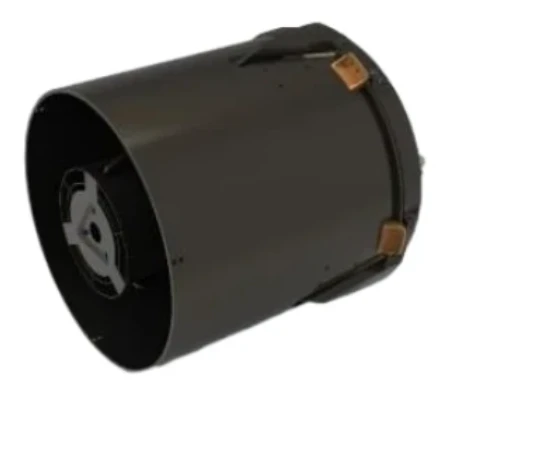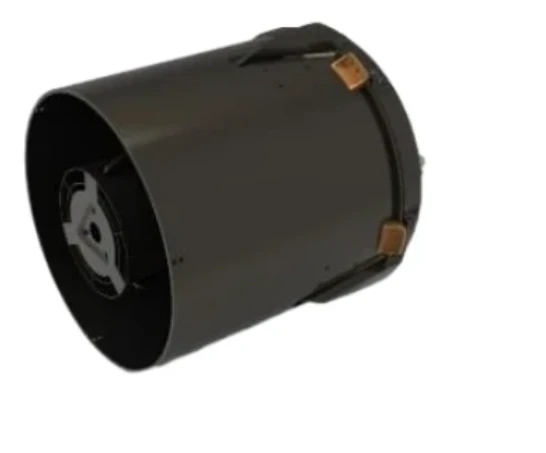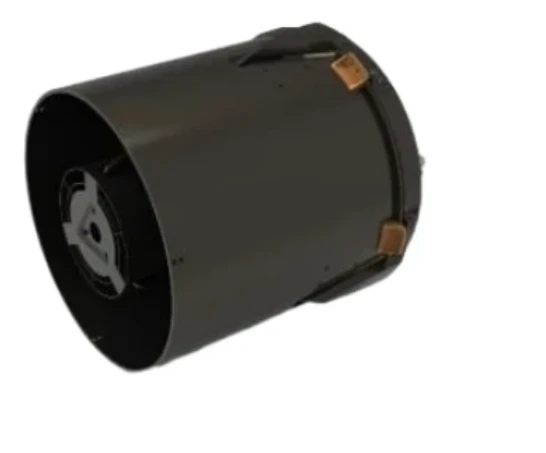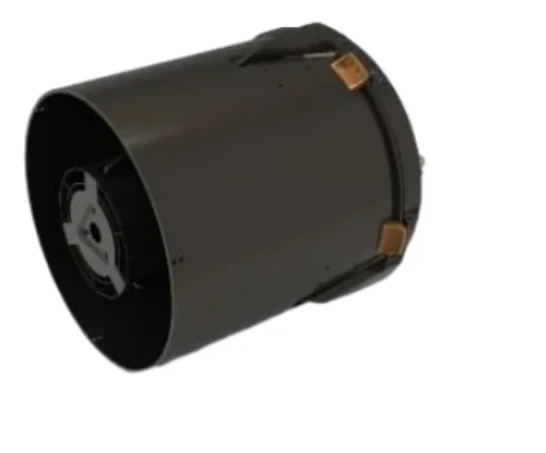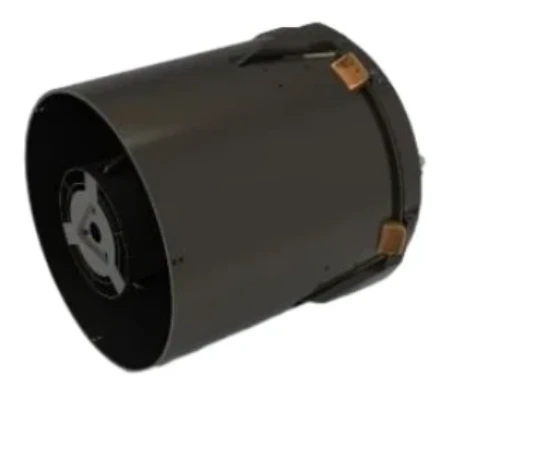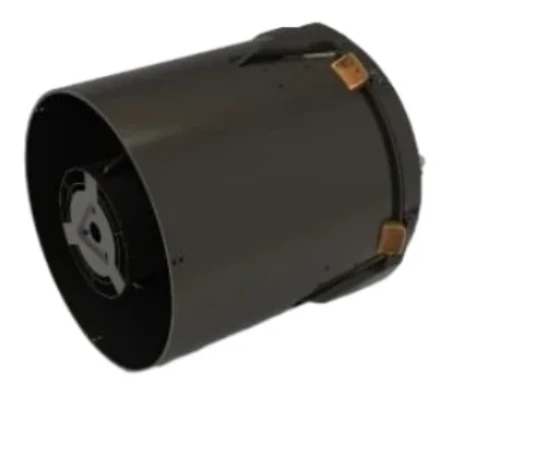
- Afrika
- Albania
- Amharic
- Arabic
- Armenian
- Azerbaijani
- Basque
- Belarusian
- Bengali
- Asụsụ Bosnia
- Bulgarian
- Catalan
- Cebuano
- China
- Corsican
- Asụsụ Croatia
- Czech
- Danish
- Dutch
- Bekee
- Esperanto
- Estonia
- Asụsụ Finnish
- French
- Onye Frisian
- Onye Galisi
- Asụsụ Georgian
- German
- Grik
- Gujarati
- Haitian Creole
- Hausa
- Hawaian
- Hibru
- Mba
- Miao
- Asụsụ Hungarian
- Aislandi
- igbo
- Asụsụ Indonesian
- Irish
- Ịtali
- Japanese
- Asụsụ Javanị
- Kannada
- kazakh
- Khmer
- Onye Rwandan
- Korean
- Kurdish
- Kyrgyz
- Ịrụ ọrụ
- Latịn
- Latvia
- Lithuania
- Luxembourgish
- Masedonia
- Malagasy
- Malay
- Malayalam
- Malta
- Maori
- Marathi
- Mongolian
- Myanmar
- Nepali
- Norwegian
- Norwegian
- Occitan
- Pashto
- Asụsụ Persia
- Polish
- Portuguese
- Punjabi
- Romanian
- Russian
- Samoan
- Scottish Gaelic
- Asụsụ Serbian
- Bekee
- Shona
- Sindhi
- Sinhala
- Slovak
- Slovenian
- Somali
- Spanish
- Asụsụ Sudan
- Swahili
- Swedish
- Tagalog
- Tajik
- Tamil
- Tatar
- Telugu
- Thai
- Turkish
- Turkmen
- onye Ukraine
- Urdu
- Uighur
- Uzbek
- Vietnamese
- Welsh
- Enyemaka
- Yiddish
- Yoruba
- Zulu
Understanding Satellite Networks: The Role Of Satellite Platforms In Remote Sensing
As global demand for advanced connectivity and geospatial intelligence increases, the role of satellite platforms in remote sensing and communication systems has never been more essential. From disaster monitoring to broadband coverage in remote areas, modern satellite networks are a cornerstone of both government and commercial infrastructure. At the heart of this revolution lies sophisticated imewe ụgbọ ala satịlaịtị, efficient ndị na-emepụta ụgbọ ala satịlaịtị, and a deeper understanding of technologies like VSAT networks and SATCOM.
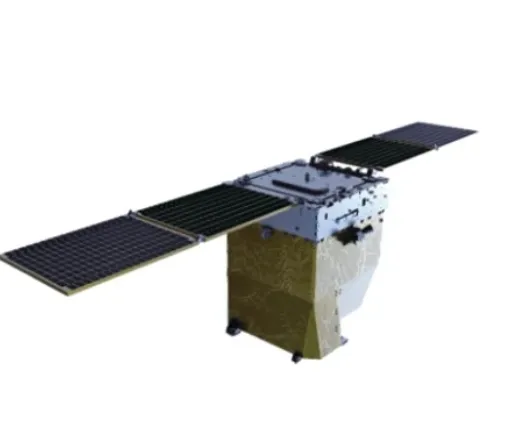
What Is A Satellite Network And How Does It Work?
To understand the relevance of imewe ụgbọ ala satịlaịtị, one must first explore what a satellite network is. A satellite network is a system of satellites that communicate with each other and with ground stations to transmit data, voice, or images across vast distances. These networks can include geostationary, low-earth, or medium-earth orbit satellites depending on their application.
But what is satellite in networking terms? In digital and telecom terminology, satellites serve as communication nodes that facilitate data flow beyond terrestrial infrastructure. Whether you’re tracking maritime movement or providing emergency cellular service, satellite networks play a key role.
Today, what are satellite networks used for? They're integral to:
Earth observation and satellite platforms in remote sensing
Weather forecasting and climate tracking
Navigation and mapping systems
Defense and border surveillance
Internet connectivity in underserved regions
Role Of Satellite Bus Design In Network Performance
At the core of every satellite is the satellite bus—the structural and functional framework that houses critical subsystems like power, propulsion, communication, and thermal control. A high-quality imewe ụgbọ ala satịlaịtị ensures that the payload—such as sensors or antennas—can operate efficiently throughout the satellite's lifecycle.
Working with top-tier ndị na-emepụta ụgbọ ala satịlaịtị, companies like SpaceNavi deliver custom-engineered buses optimized for diverse missions. These buses can support varied payloads, including those used in satellite platforms in remote sensing and broadband relay. The design must account for:
Orbital mechanics and mission duration
Payload mass and data requirements
Integration with satellite ground infrastructure
Of course, one major consideration in any project is the ụgwọ ụgbọ ala satịlaịtị. Factors influencing cost include size, launch mass, redundancy systems, and technological complexity. For smaller missions, CubeSat-compatible buses offer low-cost, high-performance solutions.
Demystifying SATCOM And The VSAT Network
Now, what is SATCOM exactly? SATCOM, short for satellite communication, refers to any transmission of data through satellite technology. It includes a wide array of services such as TV broadcasting, internet access, mobile backhaul, and military command. SATCOM systems often require a reliable platform, meaning a robust imewe ụgbọ ala satịlaịtị is foundational to their success.
Another subset of SATCOM is the VSAT network—short for Very Small Aperture Terminal. But what is VSAT network technology? It uses small satellite dishes to provide two-way data communication via satellite. This is especially useful for remote areas, maritime fleets, and mobile units. The affordability and flexibility of VSAT networks make them a popular solution for companies that require always-on connectivity across vast geographies.
As ndị na-emepụta ụgbọ ala satịlaịtị continue to innovate, we will see more advanced satellite platforms in remote sensing and communications that are smaller, more energy-efficient, and capable of processing large volumes of data in real time. Whether you’re asking what is a satellite network or concerned with ụgwọ ụgbọ ala satịlaịtị, it’s clear that the convergence of engineering excellence and network architecture is the key to unlocking the next generation of space-based services.
With SpaceNavi’s expertise, you gain access to cutting-edge imewe ụgbọ ala satịlaịtị, deep knowledge of satellite networks, and a partner committed to redefining what’s possible in the sky.






